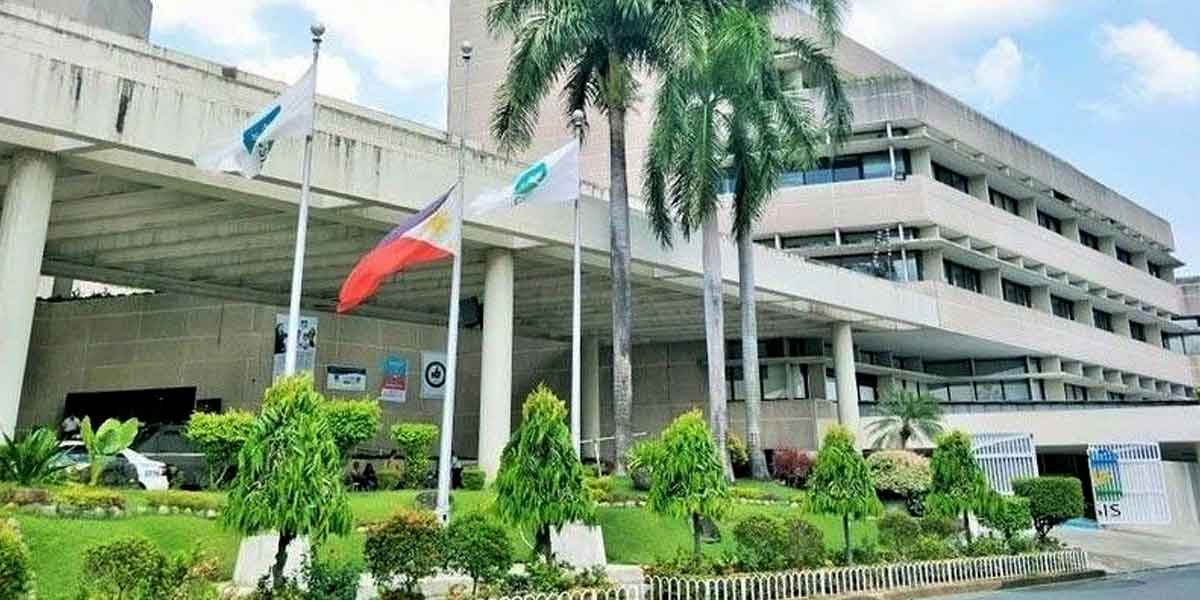The transportation offices have recently floated the idea of implementing a traffic number coding scheme in Iloilo City, a proposal that sparks both optimism and concern.
While this system aims to alleviate the burgeoning traffic congestion, its potential pitfalls warrant a closer examination.
A traffic number coding system restricts vehicle usage based on the last digit of the license plate. This strategy, successfully employed in Metro Manila and other urban centers, aims to reduce the number of vehicles on the road, particularly during peak hours. For Iloilo City, this could mean less gridlock, shorter travel times, and a decrease in vehicular pollution.
The rationale is straightforward: fewer vehicles on the roads should equate to less congestion. With Iloilo’s traffic situation expected to worsen as private vehicle ownership rises, a proactive approach to manage the flow of cars is commendable.
The scheme could also encourage the use of alternative transportation modes, such as biking or walking, contributing to a healthier, more sustainable urban environment. This shift can lead to increased investment in and improvement of public transport services, creating a more efficient and reliable system.
Fewer cars on the road translate to lower emissions, which can improve air quality and contribute to the city’s efforts to combat climate change. Cleaner air benefits public health and enhances the quality of life for residents.
But a reality check for us: the potential benefits of number coding come with significant caveats.
One major concern is the possibility of motorists purchasing additional vehicles to bypass the restrictions, a phenomenon observed in Metro Manila. This not only undermines the intended traffic reduction but also exacerbates the problem by increasing the overall number of cars. The streets could end up more congested than before, rendering the scheme counterproductive.
The financial burden of owning multiple vehicles can be substantial, disproportionately affecting lower-income families. This economic strain could widen the gap between different socioeconomic groups within the city.
Effectively implementing and enforcing a number coding scheme requires robust administrative infrastructure and coordination among various government agencies. Ensuring compliance and monitoring violations can be challenging and resource-intensive.
Moreover, implementing a number coding system without first addressing the inadequacies in public transportation is premature. For such a policy to succeed, Iloilo City must provide a reliable, efficient, and comfortable public transport network. Commuters need viable alternatives to driving their private vehicles.
Currently, the public transport system struggles with issues of overcrowding, irregular schedules, and limited coverage. Without significant improvements, residents may resist any restrictions on vehicle use, viewing them as an unnecessary inconvenience rather than a necessary step toward better traffic management.
Before diving into a number coding scheme, Iloilo City should prioritize enhancing its public transportation infrastructure. Before Iloilo City considers implementing a number coding scheme, it is essential to address the current state of the public transportation system. A seamless and comfortable public transport network is a prerequisite for the success of any vehicle restriction policy. Enhancing public transport options can provide a viable alternative for residents, reducing the reliance on private vehicles.`
Investments in modernizing the jeepney fleet, expanding bus services, and ensuring timely and predictable schedules are essential.
Additionally, the city should explore other traffic management measures, such as improving road infrastructure, optimizing traffic signal systems, and promoting carpooling and ride-sharing programs.
The local government’s initiative to introduce car-free Sundays on Calle Real is a step in the right direction, fostering a culture of walking and cycling. Such initiatives should be expanded and integrated with broader urban planning efforts aimed at reducing car dependency.
While the suggestion of a traffic number coding scheme in Iloilo City presents a potential solution to escalating traffic woes, it must be approached with caution and foresight.
The city must first lay the groundwork with a robust public transportation system and explore complementary traffic management strategies. Only then can a number coding system be truly effective and embraced by the community.
In the end, the goal should be to create a livable, walkable, and efficient urban environment for all Ilonggos. Implementing a number coding scheme is just one piece of the puzzle—comprehensive planning and a commitment to sustainable urban development are the keys to solving Iloilo City’s traffic challenges.





















